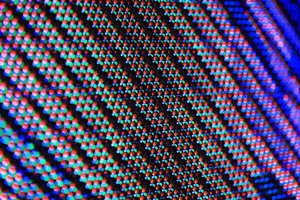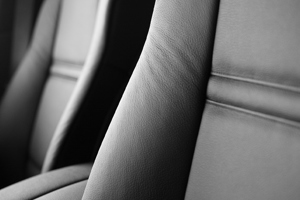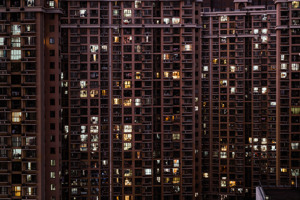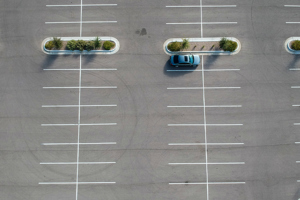Fairhurst v Woodard: Property audio and video surveillance system breached GDPR
A recent judgment from Oxford County Court raises significant questions about the increasing use of smart doorbells and cameras on and around properties, in particular data protection issues under the General Data Protection Regulation (GDPR) and Data Protection Act 2018 (DPA).
Facts
The Claimant, Dr Fairhurst, brought a claim for harassment, nuisance and breach of the GDPR and DPA against her neighbour, Mr Woodard. She argued that the Defendant had invaded her privacy by installing several motion sensor video and audio surveillance cameras on and around his property including a “Ring” video doorbell at the front door of his property which due to its range also picked up audio and video along the street beyond the boundary of his property. The Claimant also argued that the Defendant had consistently mislead her about the operation and status of the cameras.
The Defendant argued that he had installed the cameras to protect his property and act as a deterrent against criminals.
Decision
The Claimant succeeded in her claim for harassment entitling her to damages for distress.
The claim for nuisance caused by loss of privacy was rejected by the Court because it found it was bound by a well known Court of Appeal decision in Fearn and Ors v.Board of Trustees of the Tate Gallery [2020] EWCA Civ 104. That case has been appealed to the Supreme Court and is due to be heard in December 2021. In that decision, the Court of Appeal held that overlooking from one property to another is not capable of giving rise to a cause of action in nuisance. On that basis, Oxford County Court rejected the Claimant’s claim for loss of privacy against Mr Woodard because there is no right to privacy.
Finally, the Court held that the Defendant had breached the GDPR and the DPA. This is because the collection of personal data, in the form of sound and images, fell within the scope of the GDPR and DPA. The Court had to consider whether the Defendant had lawfully processed that data. The Court found that although the data collection of video could be justified, capture of audio data was not lawful, due to the range of audio capture on the devices. Judge Melissa Clarke stated that ‘the processing of such audio data by the Defendant as data controller is not lawful. The extent of the range means that personal data may be captured from people who are not even aware the device is there, or that it records and processes audio personal data’.
Takeaways
It should be emphasised that this is a County Court judgment and therefore it is not binding. However, for those property owners who install video and audio cameras at their properties, it is an important decision to be aware of, highlighting some of the issues which can arise.
Many householders invariably do not give any consideration to data protection law when purchasing domestic CCTV systems. This is unsurprising and it is important to remember that where CCTV captures only images within the boundary of a private domestic property (including a garden) the GDPR does not apply on the basis of what is known as the ‘household exemption’. However, the privacy regulator (the Information Commissioner’s Office or ‘ICO’) has long been clear that where a system captures images of people outside the boundary of a private domestic property – for example, in neighbours’ homes or gardens, shared spaces, or on a public footpath or a street the GDPR does squarely apply, infringement of which may lead to legal proceedings as occurred here.
Moreover, particular attention should be paid to the audio recording (which can be particularly privacy invasive) in smart video equipment which could amount to a breach of GDPR even if the use of video capture could be justified.
Consideration should be given to the range of the video and audio capture of a device and whether this can be adjusted to avoid capturing images or audio beyond the boundary of a property.
With accessibility to CCTV equipment increasingly cheaper and more readily available, especially with the emergence of smart cameras, it is important for those installing such equipment at their property to consider the potential implications of doing so.







































